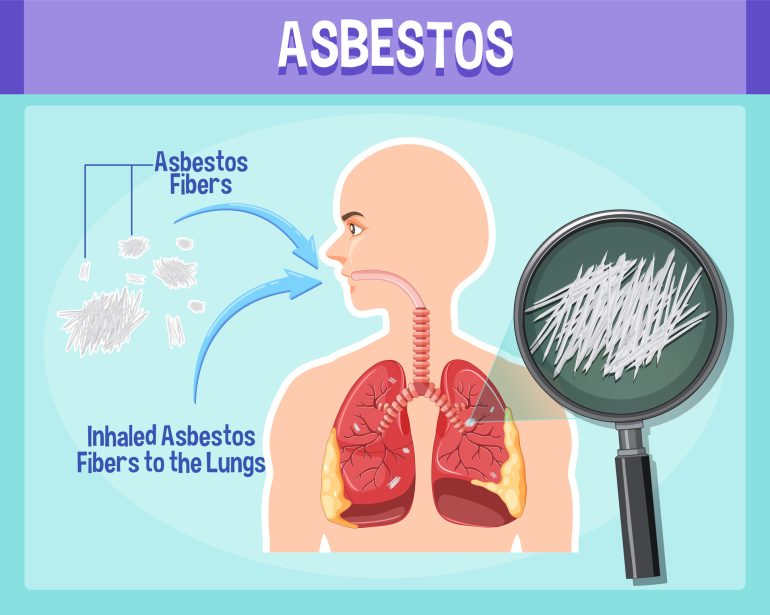By Max Singh.
On January 2, 2024, New rules to enhance safety for workers doing asbestos removal, transportation, and disposal came into effect. The rules mandated by the Government of British Columbia will require asbestos abatement employers to be licensed and ensure their workers are certified to perform this work. BC is the first jurisdiction in Canada to enforce a formal licensing program related to asbestos. The required training for worker certification was launched in June 2023 so that workers can be certified by January 1, 2024. The new laws are pertinent to any asbestos abatement work, including removing, repairing, transporting, and disposing of asbestos or materials containing asbestos.
“Asbestos is a silent killer, and its terrible effects often do not show for years after exposure. There were 280 deaths from asbestos exposure over the past five years alone,” Harry Bains, BC Minister of Labor.
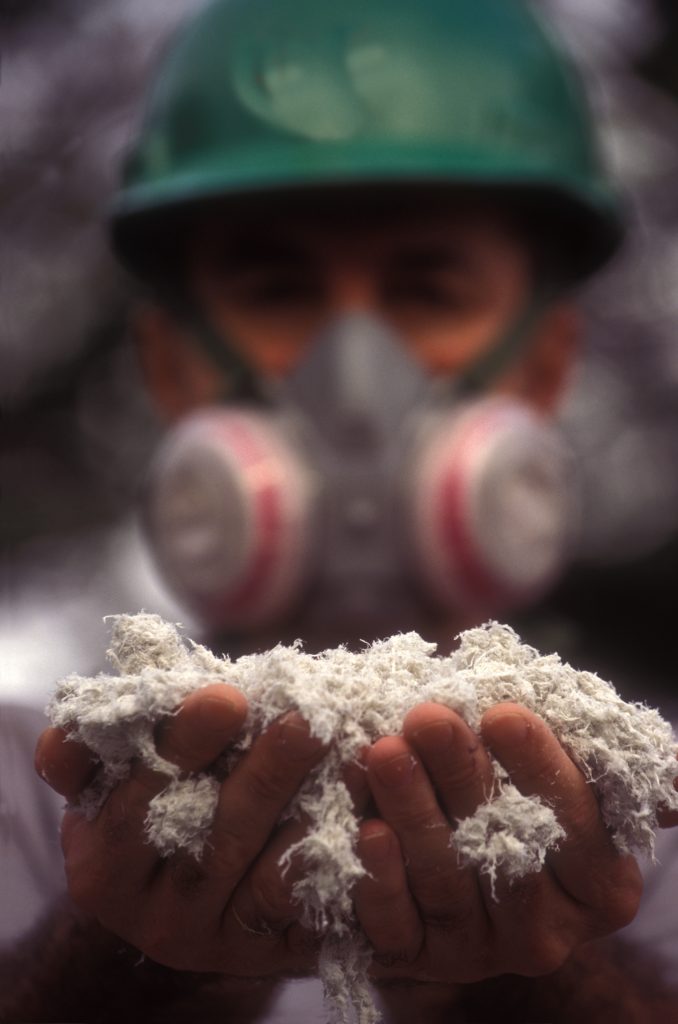
The reason for the new legislation is that asbestos has long been proven to be an extremely hazardous material that can cause serious long-term health issues and even death. Proper handling and abatement of asbestos requires specialized skills and knowledge.
“Asbestos is a silent killer, and its terrible effects often don’t show for years after exposure,” said Harry Bains, Minister of Labor. “There were 280 deaths from asbestos exposure over the past five years alone. The changes we bring will address this by creating better safety standards for asbestos abatement contractors and ensuring all their workers are properly trained and certified.”
Facts about Asbestos
Asbestos was commonly used in construction in Canada until the late 1980s. There is a significant risk to workers involved in renovating or demolishing older buildings. Asbestos is often found in construction materials, drywall, building insulation, car and truck brake pads, and the natural environment. It becomes hazardous when it is disturbed and releases dust or fibers into the air, where they can be inhaled or ingested.
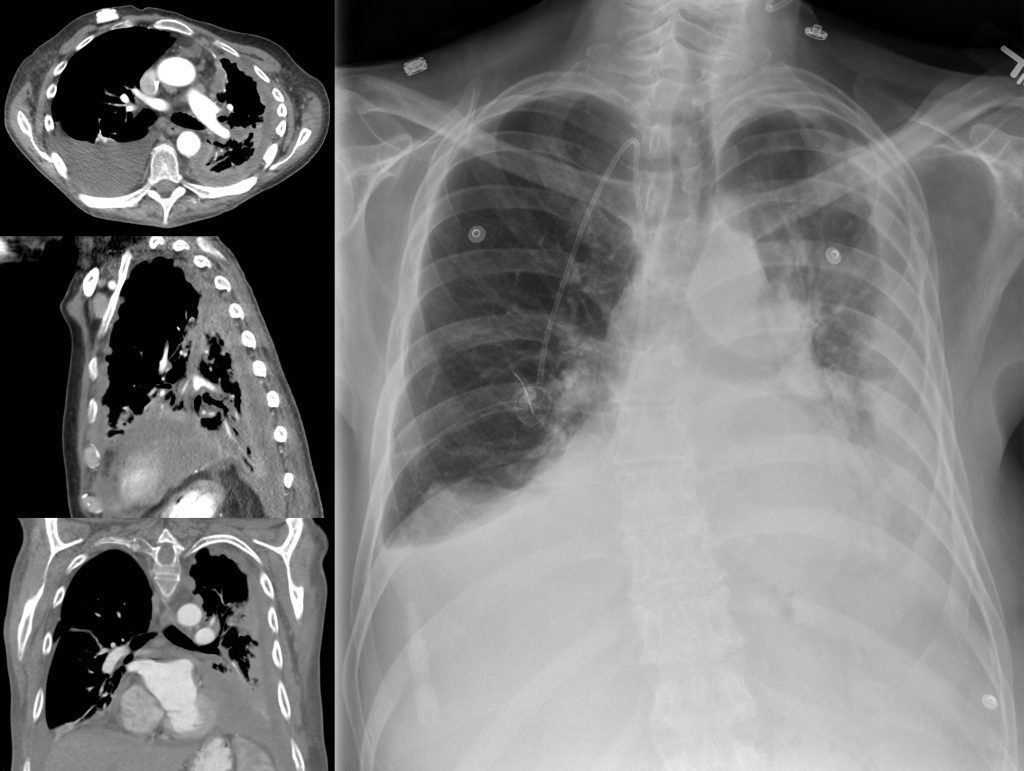
According to lung and cancer disease organizations, the long-term inhalation of asbestos can take years to manifest as tiny asbestos fibers and clumps of fibers are inhaled, resulting in asbestosis, a disease that involves scarring of the lungs and making breathing difficult, and mesothelioma—cancer of the lining of the chest or stomach cavity. The latency period is the gap between breathing asbestos and when you start to feel sick. The latency period for asbestos diseases is between 10 to 40 years.
In terms of numbers, data reveals that asbestos-related diseases are the number one cause of workplace-related deaths in BC, more than any other type of workplace injury or illness. Since 2000, asbestos has been the cause of more than 50% of all work-related occupational disease deaths and approximately 33% of all work-related deaths. The BC government points out that in 2022, asbestos exposure was a contributing factor in 61 of 181 workplace deaths. Over the past decade, WorkSafeBC accepted more than 500 claims for workers who were killed by occupational disease related to asbestos exposure.
“All workers in British Columbia covered by the regulation must obtain their asbestos abatement certification by January 1, 2024, to continue working on any site where asbestos is present.”
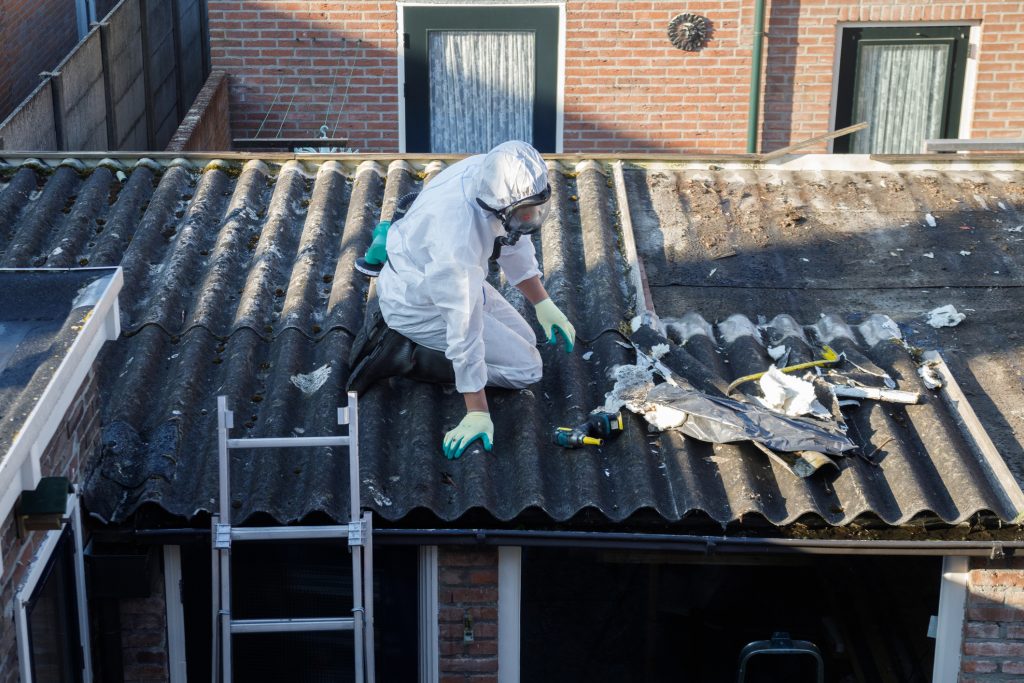
With the introduction of this certification program, the BC government is taking proactive measures to ensure that every worker on an asbestos-containing site can develop the necessary expertise to work safely and mitigate risks effectively. Employers and workers should visit the WorkSafeBC website if their work requires a license or a certificate.

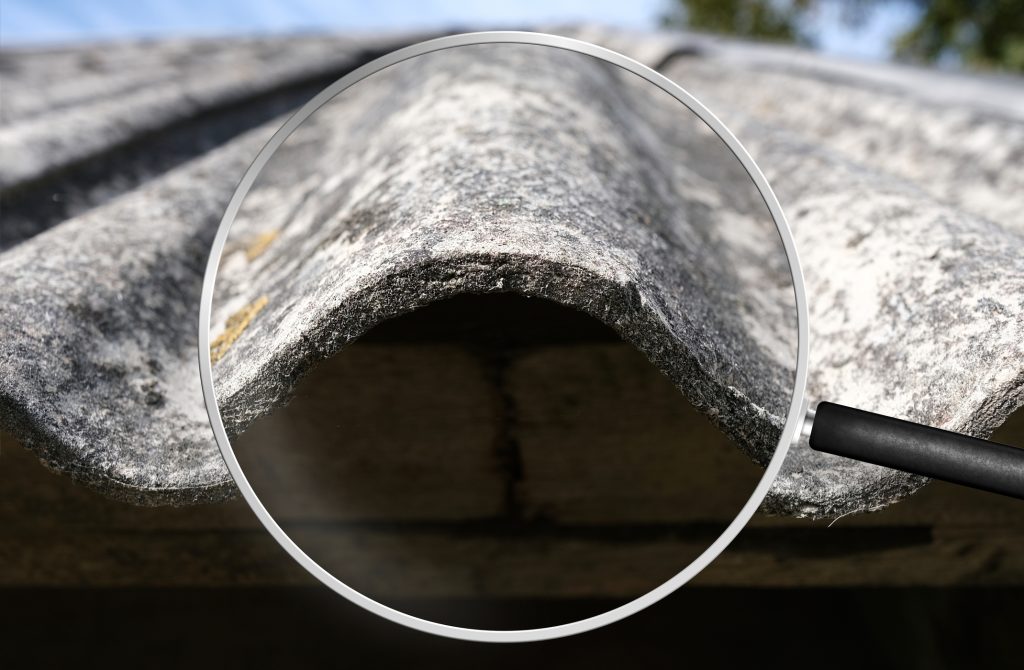
Al Johnson, head of prevention services at WorkSafeBC, said, “We support efforts to keep workers safe from the dangers of asbestos by adding further layers of protection and assurance. We were pleased to participate in the cross-ministry asbestos working group and view the new licensing and safety training standards as a positive step forward.”
President of BC The Federation of Labour, Laird Cronk, supports the new legislation. “Asbestos is the number one killer of BC workers, and these measures will save lives. We’ve been saying for years that licensing, training, and enforcement are crucial to preventing further exposures and more deaths. It’s good to see the government taking action to protect people from this insidious, lethal substance and leading the country in licensing.”
Licensing procedures
All workers in British Columbia covered by the regulation must obtain their asbestos abatement certification by January 1, 2024, to continue working on any site where asbestos is present. Asbestos abatement contractors must also be licensed by WorkSafeBC by January 1, 2024. They must ensure all workers are certified for their work. For full details on how asbestos training and certification works, please visit WorkSafeBC’s Asbestos training, certification & licensing page at https://www.worksafebc.com/en/health-safety/education-training-certification/asbestos-training-certification-licensing
Information sources: Government of British Columbia. BC. Ministry of Labour. WorkSafeBC. BC. Federation of Labour. BC. Construction Association. Canadian Lung Association.
https://www.bccsa.ca/asbestos_program.php https://www.worksafebc.com
https://www.bccsa.ca
https://www.lung.ca/
https://www.occupationalcancer.ca/


